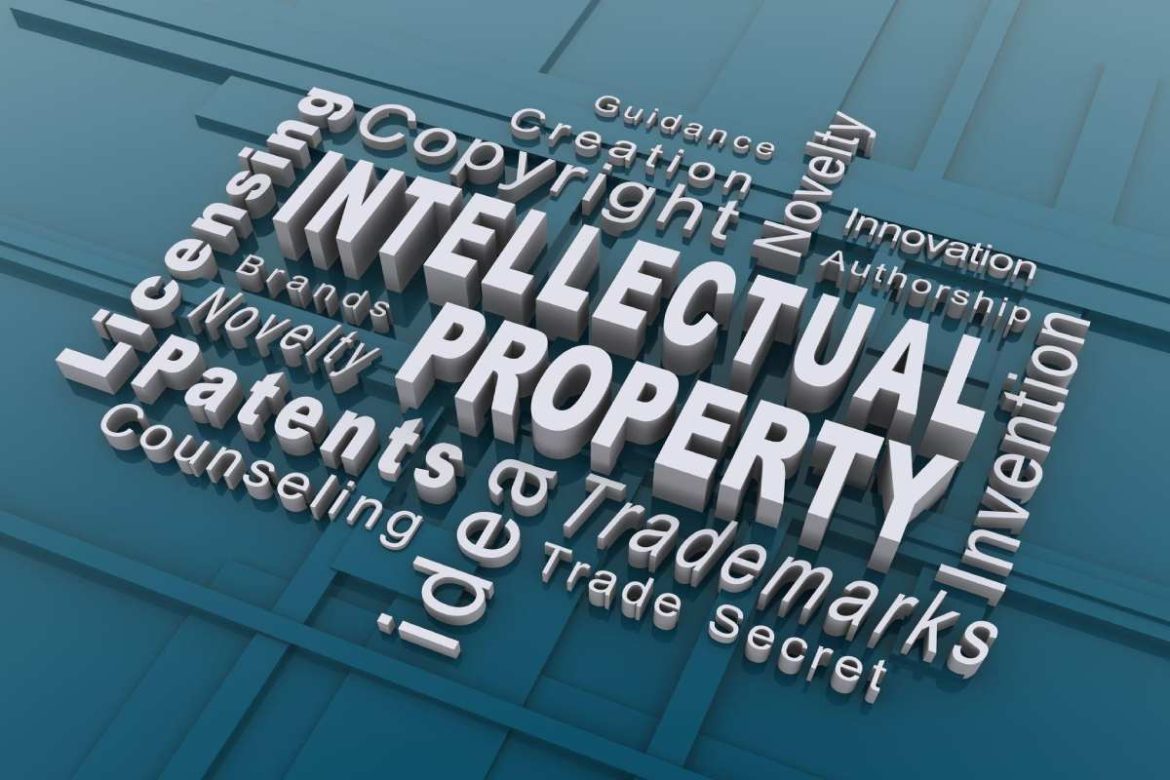In the rapidly evolving digital landscape, the definition of intellectual property (IP) is being continuously reshaped. What traditionally constituted IP, such as patents, copyrights, and trademarks, is now expanding to include data.
In this context, data valuation has emerged as a critical component of IP management. This article aims to delve into how data valuation is redefining IP and why it matters for modern businesses.
Table of Contents
The Emergence of Data as Intellectual Property
With data driving business decisions and strategies more than ever before, it’s no surprise that it is increasingly being viewed as an intellectual asset. However, unlike traditional IP, data is both replicable and reusable, and its value is not necessarily intrinsic but rather contextual. This unique nature poses a challenge in its classification and protection under existing IP laws.
Despite these challenges, several industries and organizations recognize data as a proprietary asset, safeguarding it with the same fervor as their conventional IP. Hence, businesses must adapt their IP strategies to accommodate data, and this calls for an effective data valuation model.
Data Valuation: Quantifying the Intangible
While the process of valuing physical assets or traditional IP is well-established, quantifying the worth of data is still a burgeoning field. The value of data lies in its potential to provide insights, drive decision-making, and create competitive advantages, which can vary greatly depending on how it is used and by whom. Therefore, data valuation involves intricate methodologies that account for factors like data accuracy, relevance, uniqueness, and potential revenue generation.
Data valuation brings the critical advantage of making the implicit value of data explicit. By quantifying the value of data, businesses can better prioritize their resources, formulate data-driven strategies, and negotiate data-related transactions with a clear understanding of their data assets’ worth.
Implications for Intellectual Property Management
By treating data as IP and placing a monetary value on it, businesses can better protect and manage their data assets. For instance, data valuation can inform data security strategies by identifying which data assets are most valuable and hence should be most stringently protected. It can also influence business negotiations and contracts involving data transfers or sharing.
Moreover, acknowledging and quantifying the value of data could have significant implications for legal frameworks surrounding IP. It could drive the creation of new laws and regulations that better protect data as an intellectual asset, similar to how patents protect inventions or trademarks protect brand identities.
The Road Ahead: A New Frontier in Intellectual Property
As we venture further into the era of big data and AI, the relationship between data, its valuation, and intellectual property will become increasingly critical. Recognizing data as an intellectual asset and assigning it a monetary value not only reinforces its importance in business strategy but also lays the groundwork for its protection and management as IP.
The incorporation of data valuation into IP strategy marks a significant evolution in our understanding of intellectual property. It challenges the current IP paradigm and invites us to envision a future where data is protected and valued on par with other intellectual assets.
Conclusion
In the digital economy, data is not just a byproduct of operations; it is an invaluable asset that drives innovation and growth. As such, data valuation should be an integral part of intellectual property management, reflecting the evolving nature of what constitutes valuable intellectual assets. By embracing this change, businesses can better protect their data, make decisions based on factual details, and build a competitive advantage in the increasingly data-driven business landscape. The journey towards redefining intellectual property is complex, but acknowledging the critical role of data valuation is a step in the right direction.


